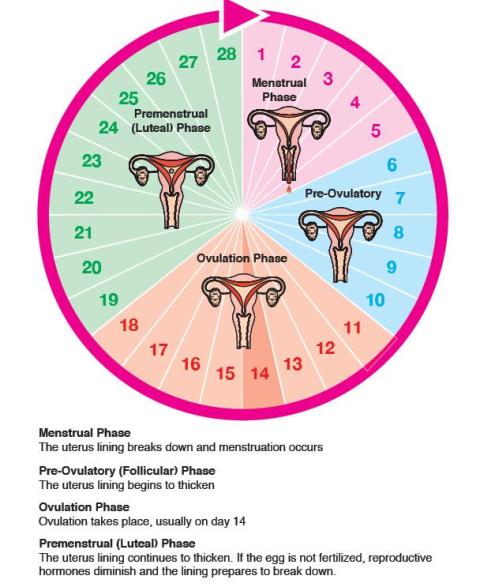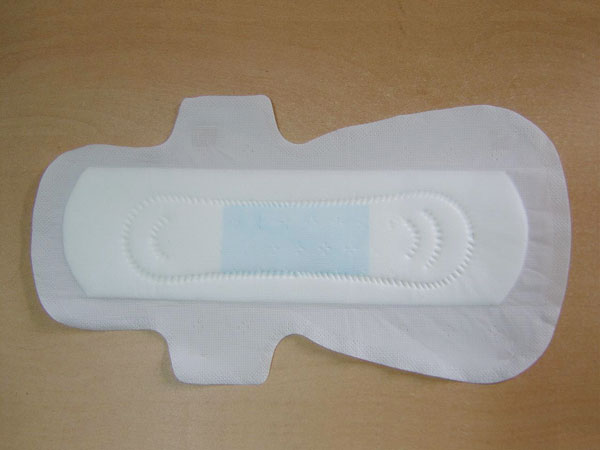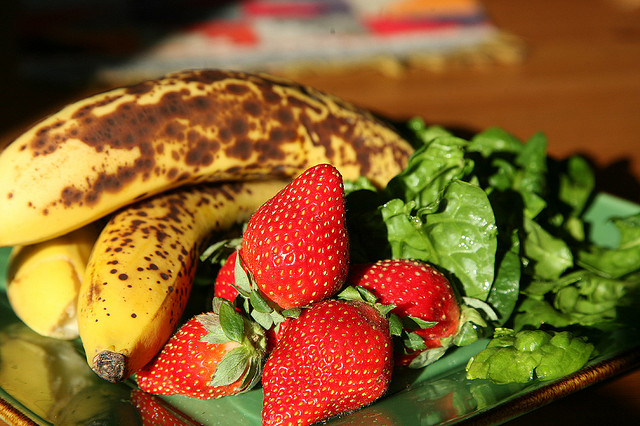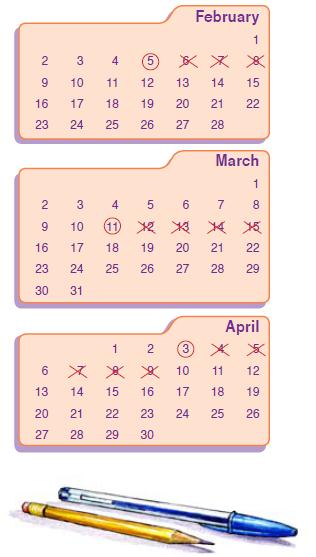Video by UNICEFBolivia
Menstruation is also known as Monthly Period . This is the monthly discharge of blood from the uterus through the vagina of girls.
Girls receive their first period when an egg in one of the ovaries matures. Typically, one egg matures every cycle. Once mature, the egg is released from the ovary and passes through the fallopian tube. As the egg passes through the tube, the lining of the uterus thickens.
If there is no fertilization, the body sheds the uterus lining in the form of blood or blood clots. If the egg is fertilized, this lining of the uterus provides a home to the growing baby. During menstruation, the lining of the uterus comes out along with blood, through the vagina.

The menstruation or bleeding, usually lasts from about three to seven days. However, some girls’ bleeding may last longer than seven days. The whole menstrual process or cycle takes about 28 days from the first day of our periods .In a few cases, girls may have cycles that last for as many as 34 days or as few as 19 days.
Most girls start their periods about one to two years after their breasts have started developing and their pubic hair has begun growing in. You may also notice a sticky discharge in your panties before your period begins.In most cases, your first sign of menstruation will be the menstrual bleeding itself .
The period signs include discomfort in the stomach region . You may experience bloating and fatigue . You may be gloomy and easily irritated .You will spot red or brownish stain in your underpants . no need to worry . this is a sign of fertility as a woman,and it indicates that you are maturing and turning into a woman from a girl.
It’s a good idea to have a couple of sanitary pads stashed in your bag in case your period starts when you don’t expect it.
The average age to start your period is 12, but many girls start younger, and others start later. When you first start to get breasts and some pubic hair, you can usually jump forward two years and guess that’s when you’ll start.
It might take up to two years for your period to get regular because the hormone surges are uneven. At first, it’s common to have one period, and
then not another for a few months. But even if you don’t have a period every month, you can still get pregnant.
Many girls start their periods around the same age as their mothers did. So ask your mother when she started her period, and how it felt. If you haven’t started your period by age 16, you should talk to your mother, teacher or auntie.
There are many products that you can use to control and stop the blood to leaking to your pantie and through your dress.
There are commercially available sanitary towels that can be bought at the shops. They are absorbent and are usually stuck to the panty and worn during
your periods. A pad can last up to 5 hours, and should be changed often or once it is full of absorbency.

These are washable or reusable cloth menstrual pad. They are made from cotton flannel and are highly absorbent. They are cheap and can be made at
home. The cloths need to be soaked in water and washed thoroughly, and kept in direct sunlight to dry to avoid infections.
Cramps can happen when your uterus contracts to help the shedded uterine lining move out of your body.
How do you manage cramps?
Not all girls have cramps, but if you do it helps to do the following;
If you have bad cramps that don’t get better with the pain relievers and heating pad, talk to your teacher, mother or auntie, they can take you to a Doctor
Always Remember:
When you are having your periods, make sure you wash your private parts
with water at least twice a day.
If you do not have clean water, use a damp cloth to clean your private parts. This will reduce the risk of bad body odour and infections.
Washing hands after changing a pad is a must
Keeping clothes clean and well washed is important

A good healthy diet helps to make the time during menstruation more comfortable and manageable. When blood is lost in the periods, new blood must be made in the body to replace it. Its healthy to drink lots of water and eat plenty of fruit and vegetables.
You can also take in a lot of potassium which is found in bananas. Some vegetables are particularly valuable eg spinach. It is easy to grow and contains lots of fibre. It cleanses the blood and contains lots of iron. Iron is needed in the formation of new blood.

When you get your period: Each time you get your period, circle (O) the date it starts for that month and then draw an (X) through each day that the bleeding continues. Remember, during puberty girls can have irregular periods!
The time from a first day of a girl’s period (when bleeding starts) to the first day of the next period, is usually 28 days (one month), but can range from 21-35 days.
Height and weight increase
Breasts develop
Hips and waist become more defined
Muscles become stronger
Body hair grows in the private area and under the arms
Pimples may develop
Sweat and oils glands become more active
Body odour changes
Reproductive system matures
Menstruation begins
Mood changes may occur